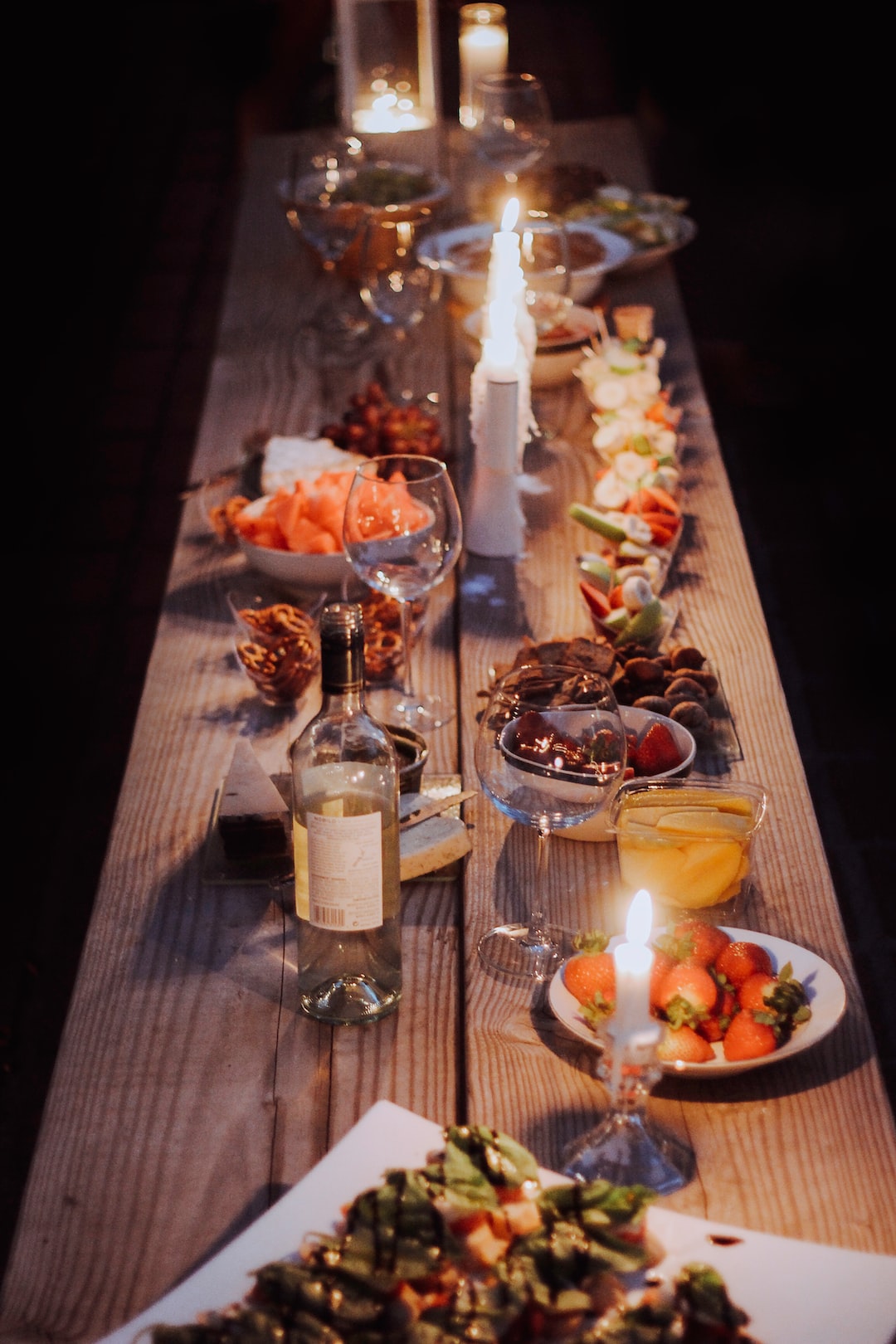The History of Chocolate: From Aztec Treasure to Modern Delight
Chocolate, a beloved treat enjoyed by people across the world, has a rich and intriguing history that spans back thousands of years. This decadent delight was once considered a treasure by the Aztecs, who believed it had divine properties. Today, chocolate is a staple in many cultures and has evolved into countless forms and flavors. Let’s dive into the fascinating journey of chocolate, from its humble beginnings to its status as a modern-day delight.
The story of chocolate begins in Mesoamerica, where the Mayans and Aztecs cultivated cacao trees for thousands of years. The cacao beans, the key ingredient in chocolate, were considered so valuable that they were used as currency. The Mayans even worshipped a god of cacao, acknowledging the significance of this delicious treat. The beans were not consumed in the form of chocolate as we know it today; instead, they were ground into a paste and mixed with water to create a bitter beverage.
When the Spanish conquistadors arrived in Mesoamerica in the 16th century, they were introduced to the Aztec’s prized cacao beverage. Initially, the Spanish found the taste unappealing, but they soon realized the potential of cacao when it was combined with honey or sugar. They brought the cacao beans back to Spain, where it quickly gained popularity among the aristocracy.
In Spain, the bitter cacao beverage was modified, adding sugar, vanilla, and cinnamon to increase its desirability. It quickly spread across Europe, with chocolate houses opening in major cities like London, Paris, and Vienna. However, due to its high cost, chocolate was initially only enjoyed by the wealthy elite.
In the 18th century, chocolate underwent a revolutionary transformation when a hydraulic machine was invented to separate the cocoa butter from the cocoa solids. This led to the creation of solid chocolate in the form of bars or blocks. The Industrial Revolution also played a significant role in making chocolate more affordable and accessible to the masses. Advances in transportation and manufacturing made it possible to produce chocolate on a larger scale, dramatically reducing its cost.
As the popularity of chocolate grew, so did the variety of products. In 1828, a Dutch chemist named Coenraad Van Houten invented a process called “Dutching” that further improved the texture and taste of chocolate. This innovation made it easier to mix cocoa powder with other ingredients, such as sugar and milk solids, leading to the creation of milk chocolate.
In the late 19th century, two iconic names emerged in the chocolate industry: Cadbury and Nestlé. Cadbury introduced the first box of Valentine’s Day chocolates in 1861, while Nestlé produced the first milk chocolate bar in 1875. Their marketing efforts and dedication to quality solidified the place of chocolate as an indulgent treat in the hearts of consumers.
The 20th century witnessed another leap forward in chocolate production with the invention of the conching machine. This machine refined the texture and taste of chocolate by continuously grinding and mixing it for several hours. Swiss chocolatier Rudolf Lindt perfected the conching process, resulting in the creation of smoother and creamier chocolate.
Today, the chocolate industry has expanded exponentially, with countless flavors and varieties to suit every palate. From dark to milk to white chocolate, the options are endless. Chocolatiers experiment with a wide range of ingredients to create unique flavor combinations, such as chili-infused chocolate or sea salt caramel.
Furthermore, chocolate has found its way into various culinary creations, beyond just bars and truffles. It is used in desserts, pastries, ice creams, and even savory dishes. The versatility of chocolate continues to be explored and celebrated by chefs and food enthusiasts worldwide.
In recent years, there has also been a growing interest in artisanal and ethically sourced chocolate. Consumers are becoming more conscious about the origin of their chocolate and the welfare of cocoa farmers. Fair trade and bean-to-bar chocolates have become popular choices, ensuring that the process of chocolate production is environmentally sustainable and socially responsible.
From its ancient roots in Mesoamerica to its present-day global popularity, the journey of chocolate has been extraordinary. This once-coveted treasure of the Aztecs has transformed into a modern delight enjoyed by people of all ages. Whether you savor a small piece of dark chocolate or indulge in a decadent chocolate dessert, take a moment to appreciate the centuries of history and craftsmanship that have gone into creating this sweet pleasure.
